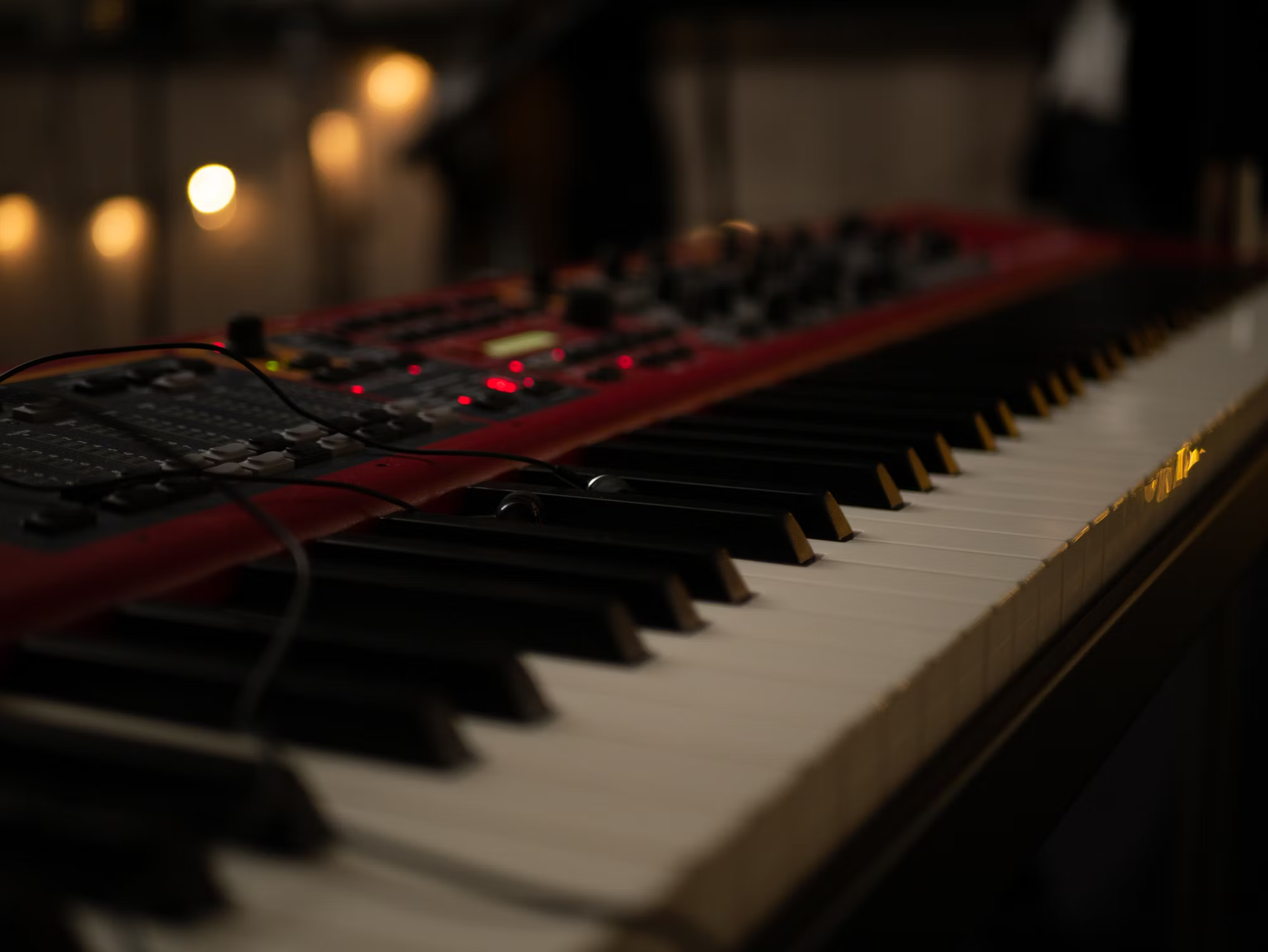The Art of Piano Improvisation: A Journey Through Creativity
Piano improvisation is an art form that embodies creativity, spontaneity, and the freedom of expression. As one of the most versatile instruments, the piano allows musicians to explore a myriad of styles, from classical to jazz, pop to contemporary. This article delves into the historical context of piano improvisation, examining its evolution, techniques, and significance in different musical traditions.
Historical Roots of Piano Improvisation
Improvisation has been an integral part of music since ancient times, with early musicians often relying on their ability to create on the spot. In the Baroque era, composers like Johann Sebastian Bach and Domenico Scarlatti not only wrote down their compositions but also showcased their improvisational skills during performances. Bach, in particular, was known for his ability to improvise intricate fugues and variations, captivating audiences with his creativity and technical prowess.
The Classical Period: Structure Meets Freedom
During the Classical period, the focus shifted towards structured compositions, yet improvisation remained an essential skill for pianists. Composers such as Wolfgang Amadeus Mozart and Ludwig van Beethoven often included cadenzas in their concertos, allowing performers to showcase their improvisational talents. These moments of spontaneity provided a platform for pianists to express their individuality while adhering to the overall structure of the piece.
The Rise of Jazz: A New Era of Improvisation
The advent of jazz in the early 20th century marked a significant turning point for piano improvisation. Rooted in African American musical traditions, jazz emphasized spontaneity, creativity, and personal expression. Jazz pianists like Duke Ellington, Thelonious Monk, and Bill Evans revolutionized the genre through their innovative approaches to improvisation, blending traditional harmony with new rhythmic ideas.
Swing and Bebop: Expanding the Vocabulary
During the swing era, the piano took center stage in big bands, with pianists providing both rhythm and melody. The intricate improvisations of artists like Count Basie showcased the piano’s role in driving the ensemble’s energy. As jazz evolved into bebop in the 1940s, the complexity of improvisation increased significantly. Musicians like Bud Powell and McCoy Tyner introduced fast-paced lines and sophisticated harmonic ideas, challenging pianists to expand their technical and theoretical knowledge.
Techniques of Piano Improvisation
Understanding Harmony and Structure
A fundamental aspect of piano improvisation is a strong understanding of harmony and structure. Pianists often begin by mastering the chord progressions of a piece, enabling them to create melodic lines that complement the underlying harmony. Learning to identify common chord progressions, such as the ii-V-I, allows improvisers to navigate various musical genres with ease.
Developing Melodic Ideas
Melody is at the heart of improvisation. Pianists can experiment with different melodic motifs, variations, and embellishments to create unique musical phrases. Techniques such as call and response, sequences, and contrasting dynamics can add depth and interest to improvisational performances. Practicing scales and arpeggios also helps build a repertoire of melodic ideas that can be employed during improvisation.
Rhythm and Timing
Incorporating diverse rhythmic patterns is crucial for effective improvisation. Pianists often explore syncopation, swing rhythms, and polyrhythms to create a sense of movement and excitement in their playing. Developing a strong sense of timing, along with an ability to play with or against the beat, allows improvisers to inject their personality into the music.
The Role of Improvisation in Contemporary Music
Improvisation continues to thrive in various genres, influencing a new generation of musicians. In contemporary classical music, composers like John Cage and Philip Glass incorporate improvisational elements into their works, challenging traditional notions of composition and performance. The rise of fusion genres has also encouraged artists to blend improvisation with rock, funk, and electronic music, resulting in innovative sounds that resonate with diverse audiences.
Film Scoring and Live Performance
Piano improvisation finds its place in film scoring as well, where composers often rely on their instincts to create emotive soundtracks. Live performances, particularly in jazz and experimental music, frequently feature improvisation as a central element, allowing musicians to respond to each other and the audience in real-time. This collaborative aspect of improvisation fosters a sense of connection and excitement, making each performance a unique experience.
Cultivating Your Own Improvisational Style
Listening and Learning
To develop a personal improvisational style, aspiring pianists should immerse themselves in a wide variety of musical genres. Listening to accomplished improvisers and analyzing their techniques can provide valuable insights into how to approach improvisation. Studying different styles allows musicians to incorporate diverse influences into their own playing, enriching their musical vocabulary.
Practice and Experimentation
Regular practice is essential for honing improvisational skills. Pianists can set aside dedicated time to experiment with different ideas, techniques, and genres, allowing their creativity to flourish. Recording practice sessions can provide an opportunity for self-reflection, enabling musicians to identify areas for improvement and explore new concepts.
Collaborating with Other Musicians
Collaborating with fellow musicians can significantly enhance one’s improvisational abilities. Engaging in jam sessions and group performances encourages spontaneous interaction, fostering an environment where ideas can be freely exchanged. This collaborative spirit not only builds confidence but also inspires new creative directions, enriching each musician’s improvisational journey.
Conclusion: The Endless Journey of Improvisation
Piano improvisation is a dynamic and evolving art form that embodies the essence of creativity and self-expression. From its historical roots in classical music to its vibrant presence in jazz and contemporary genres, improvisation invites musicians to explore their individuality and connect with their audiences in meaningful ways. As pianists continue to develop their skills and experiment with new ideas, the possibilities for improvisation remain limitless, making it a powerful and essential aspect of the musical landscape. The journey of piano improvisation is truly an endless exploration, offering infinite opportunities for growth and expression.
